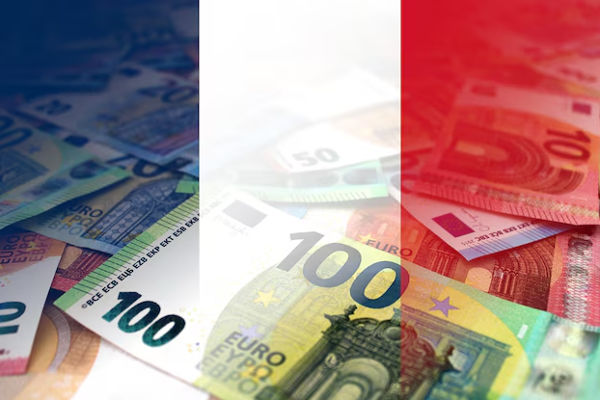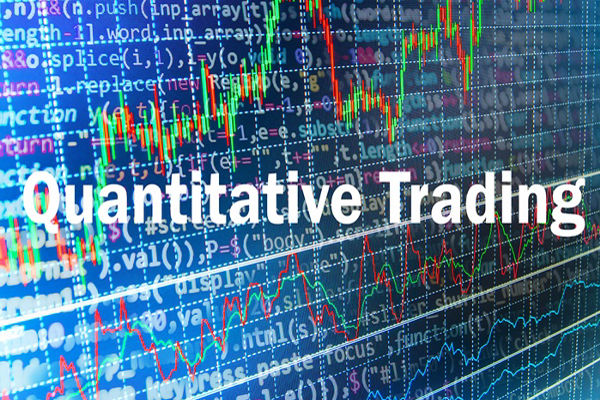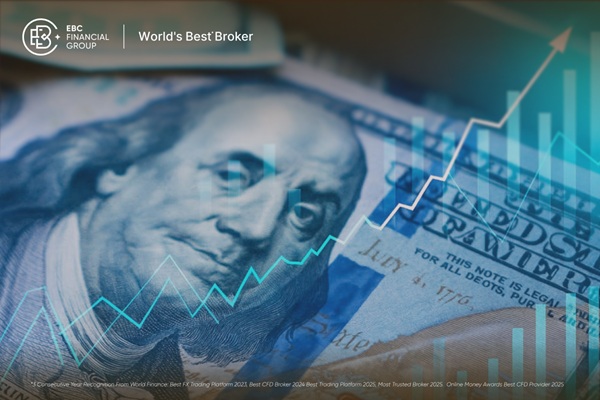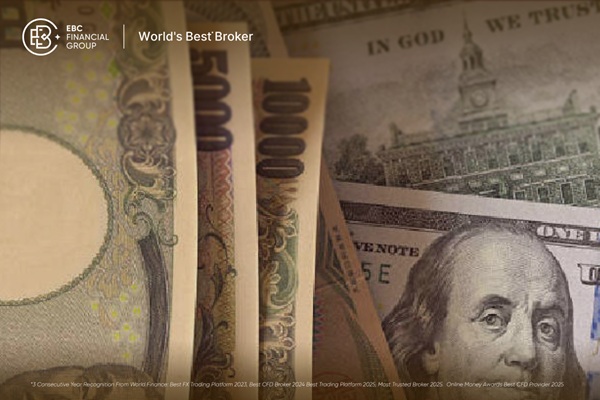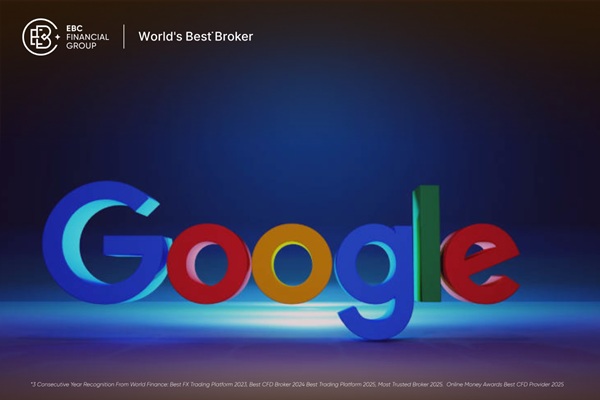Money is the foundation of every trade, investment, and financial market. For traders, understanding the different types of money—and how they have evolved over time—is essential for navigating global markets with confidence.
From the earliest barter systems to the modern currencies we use today, money has taken many forms. Here's a concise history and a practical guide to the types of money every trader should know.
A Brief History of Money
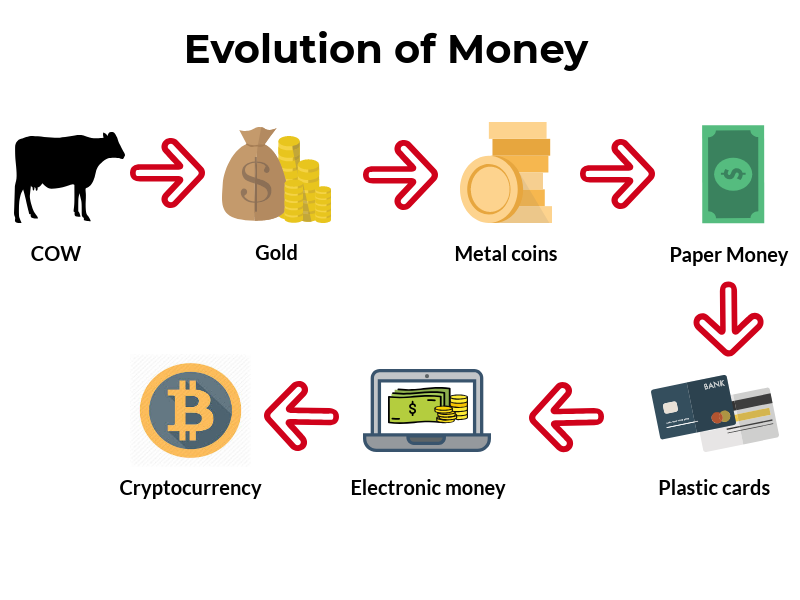
The story of money stretches back thousands of years. The earliest economies relied on barter, where people exchanged goods or services directly. As societies grew and trade became more complex, bartering proved inefficient, prompting the search for a standardised medium of exchange.
commodity money emerged as items like cattle, grains, and later precious metals (such as gold and silver) became widely accepted for their intrinsic value. Around 1200 BC, cowrie shells were used as currency in parts of Asia and Africa. By 1000 BC, the first metal coins appeared in China and the Mediterranean, offering durability and ease of use.
The next leap was representative money—paper notes or tokens that could be exchanged for a fixed amount of a commodity, typically gold or silver. China was the first to introduce paper money during the Song dynasty in the 11th century, and by the 13th century, Marco Polo described its use in Yuan dynasty China. In Europe, banknotes and bills of exchange followed, making large transactions easier and safer.
By the 19th century, many countries adopted the gold standard, linking their currencies to a fixed quantity of gold. Eventually, most nations moved to fiat money—currency with value based on government decree and public trust, not physical backing. Today, most money exists in digital form as entries in bank accounts, but the principles behind its value remain rooted in this long evolution.
Types of Money Every Trader Should Know
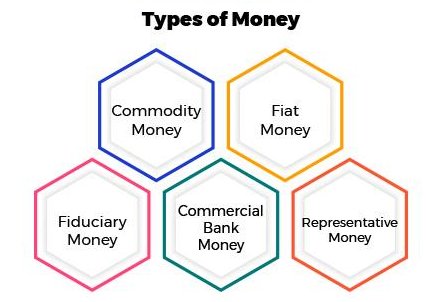
1. Fiat Money
Fiat money is the standard currency in nearly every country today. It has no intrinsic value and is not backed by a physical commodity. Instead, its value comes from government regulation and the trust of its users.
Key features:
Issued by central banks and governments
Value based on trust and legal decree
Supply controlled by monetary policy
Example:
US dollar (USD), euro (EUR), British pound (GBP), Japanese yen (JPY).
2. Commodity Money
Commodity money is currency with intrinsic value, meaning it can be used both as money and for its own sake. Historically, gold, silver, and other precious metals were common forms.
Key features:
Value based on the commodity itself
Limited supply helps maintain value
Often used as a “safe haven” during economic uncertainty
Example:
Gold coins, silver bars, and even salt or cattle in ancient economies.
3. Representative Money
Representative money is a claim on a commodity, such as gold or silver, stored elsewhere. The money itself has no intrinsic value but can be exchanged for the underlying asset.
Key features:
Backed by a physical commodity held in reserve
Used to simplify large transactions
Relies on trust in the issuer
Example:
Gold certificates, old banknotes exchangeable for precious metals, or early US “silver certificates.”
4. Fiduciary Money
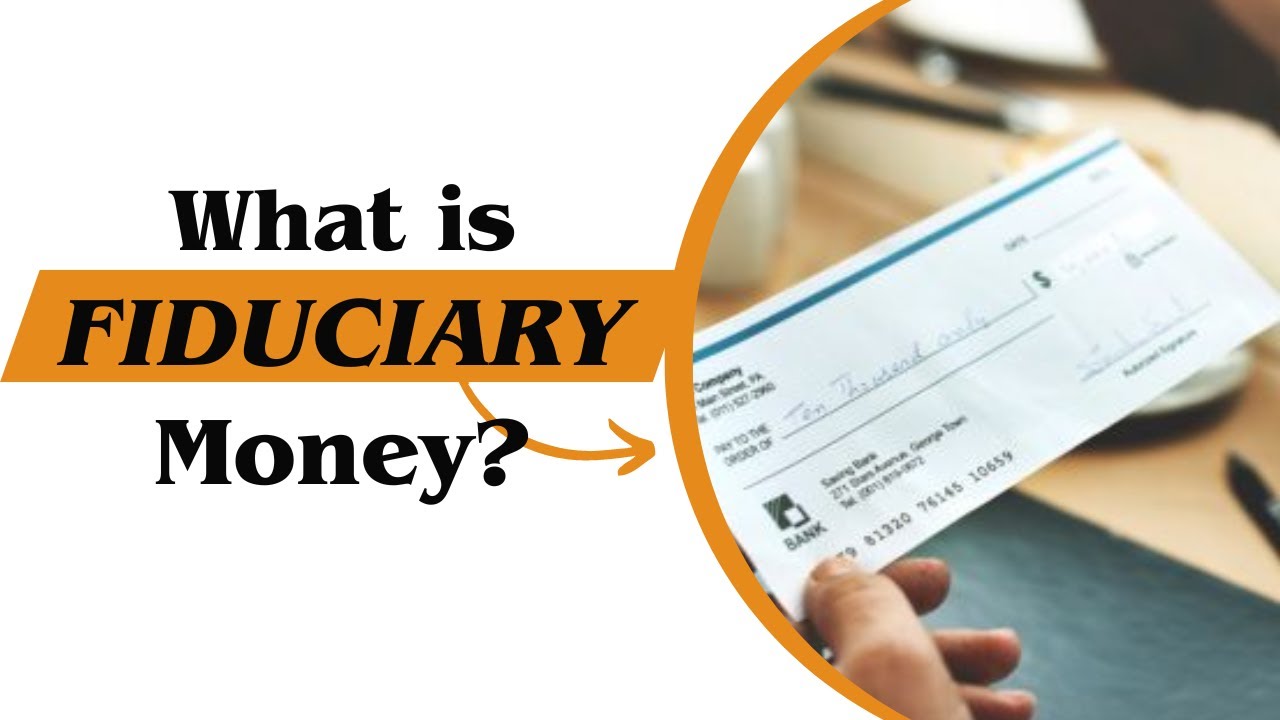
Fiduciary money is not backed by a commodity but is accepted on trust that it will be honoured. It includes instruments like cheques and bank drafts.
Key features:
Value based on the trust in the issuer and system
Used for large or non-cash transactions
Not legal tender but widely accepted
Example:
Cheques, bank drafts, promissory notes.
5. Commercial Bank Money
Commercial bank money refers to the deposits and credit created by commercial banks. Most modern money exists in this form, as digital entries in bank accounts.
Key features:
Created when banks issue loans or credit
Exists mainly as electronic balances
Used for payments, transfers, and settlements
Example:
Current or savings account balances, electronic bank transfers.
Final Thoughts
Understanding the evolution and types of money helps traders grasp how value is transferred, why currencies fluctuate, and how central banks influence markets. Fiat currencies respond to policy and confidence, while commodity money like gold often acts as a hedge in turbulent times. Representative and fiduciary money highlight the importance of trust and liquidity, while commercial bank money underpins most modern transactions.
For traders, this knowledge is not just academic—it's a practical toolkit for interpreting market moves, managing risk, and choosing the right instruments for each strategy.
Disclaimer: This material is for general information purposes only and is not intended as (and should not be considered to be) financial, investment or other advice on which reliance should be placed. No opinion given in the material constitutes a recommendation by EBC or the author that any particular investment, security, transaction or investment strategy is suitable for any specific person.













